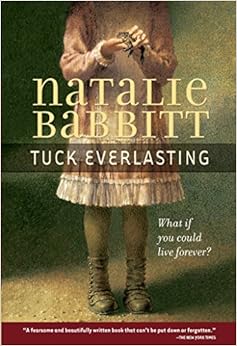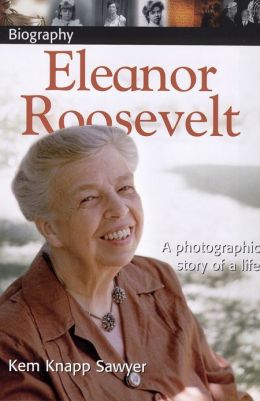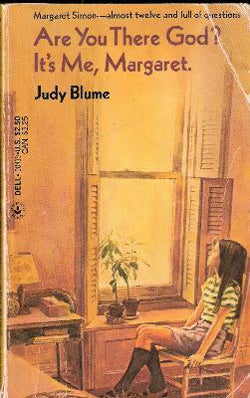Times sure have changed. In the late 1800's, many schools were about conformity and philosophies supported a white culture. For example, a government-run boarding school founded by Captain Richard Henry Pratt in Carlisle, Pennsylvania in 1879, was set up to destroy traditional extended families and Native American cultures. During this time period, Native people were confined to reservations and not allowed to leave without permission from the government. Parents were forced to send their children to boarding schools. The government forced as many as 10,000 children to the Carlisle School. It made children want to deny their Native American roots and learn only the white man's ways. A white dominated society wanted people to think that American Indians were bad.
The book,
My Heart Is on the Ground: The Diary of Nannie Little Rose, A Sioux Girl, written by Ann Rinaldi, is an example of a problematic book. When using historical fiction in the classroom, facts must be well-researched and accurate. This book, however, is not an example of quality literature. The author, Rinaldi, uses real names but made up the experiences to go along with their lives. It dishonors the memory of those who died during this time. The author also uses the phrase, "my heart is on the ground" in a trivial way and with little respect to the meaning behind the Cheyenne proverb. Ann Rinaldi also uses inaccuracies about the people. For example, American Horse was cousin to Red Cloud, not "Chief of the Red Cloud Sioux." She states that most of the graduates "went on to earn a living away from the reservation" or "went on to higher education", but in actuality fewer than 10% graduated. More students ran away or died at school.
A writer of historical fiction needs to be culturally authentic. Ann Rinaldi writes that Nannie Little Rose refers to herself as Sioux. However, she would have called herself by her band, Sicangu, or by her location, Spotted Tail Agency. The novel is written in diary format, yet diaries have never been found as artifacts by the Carlisle School. The very premise of her book, therefore, is not accurate. Rinaldi also linked a rumored ghost story to explain the death of a student who was Nannie Little Rose's friend, Lucy Pretty Eagle. The story of a child buried alive was made to be the fate of Lucy, although this was never proven to be so.Stereotypical language including an over-emphasis on compound words is wrong. The derogatory references to women and girls are also not indicative of the Lakota culture. Books that do not represent a culture accurately such as this one should not be used in the classroom. (Article cited: "Fiction Posing as Truth" by Debbie Reese, et al.)
Good children's literature should be free of stereotypes. History should be reflected in an honest way. Showing how the Native American culture resisted the "whitewashing" would show how courageous Native Americans were during this time. Allowing students to see their cultural identity is important. Showing sensitivity and respect for others is what needs to be taught through quality literature. Children's books can represent a child's cultural background, include their home language, explore ideas and issues such as immigration, and/or accept cultural differences. It is important that all students have the opportunity to see their culture reflected in books, otherwise known as
mirror texts.
In
Painted Words, by Al
iki, Marianthe's paintings help her to become less of an outsider as she struggles to adjust to a new language and a new school. The teacher discovers Marianthe's talent for art and helps to use that skill to tell her story. Mari creates pictures to illustrate the history of her family, and eventually begins to learn English words to communicate with others. In the second part of the two book series,
Spoken Memories, Mari is finally able to use her new words to narrate the sequence of paintings she created, and shares her homeland memories to her classmates.
Coming to America: A Muslim Family's Story, written and photographed by Bernard Wolf is another example of a mirror text. The book tells the story of Rowan Mahmoud's father who came from Alexandria, Egypt in search of a better life. He worked hard for four years to save up his money to bring his family to the U.S. to live. The book portrays the culture of contemporary Muslims living in the United States. It shows how the family still preserves and respects their culture and religious beliefs.
To add more diversity to a classroom library, I have found that Lee and Low publishers and Barefoot Books offer some good suggestions. Joseph Bruchac and Patricia Polacco are strong authors who offer a multicultural perspective through their books. The website www.oyate.org provides resources that can help the Native peoples and others. This organization teaches respect and helps parents and educators to provide their children with historically accurate, culturally appropriate information about Native peoples.
 It's been an amazing experience this semester. I am glad that I had the opportunity to discover literature that I had not explored before and learn how to utilize the new ideas in teaching. I am able to identify quality literature, interesting authors/illustrators, and have developed a classroom library as a resource.
It's been an amazing experience this semester. I am glad that I had the opportunity to discover literature that I had not explored before and learn how to utilize the new ideas in teaching. I am able to identify quality literature, interesting authors/illustrators, and have developed a classroom library as a resource.  I am more aware of integrating multicultural books into the class. I also understand the importance of using mirror and window books. I took risks because I read across the genres, wrote responsively, investigated a variety of authors, and researched new techniques to teach reading more effectively. The special author visits were exciting because I learned about the writing process and the work behind producing a quality piece of literature.
I am more aware of integrating multicultural books into the class. I also understand the importance of using mirror and window books. I took risks because I read across the genres, wrote responsively, investigated a variety of authors, and researched new techniques to teach reading more effectively. The special author visits were exciting because I learned about the writing process and the work behind producing a quality piece of literature. 
.jpg)




































